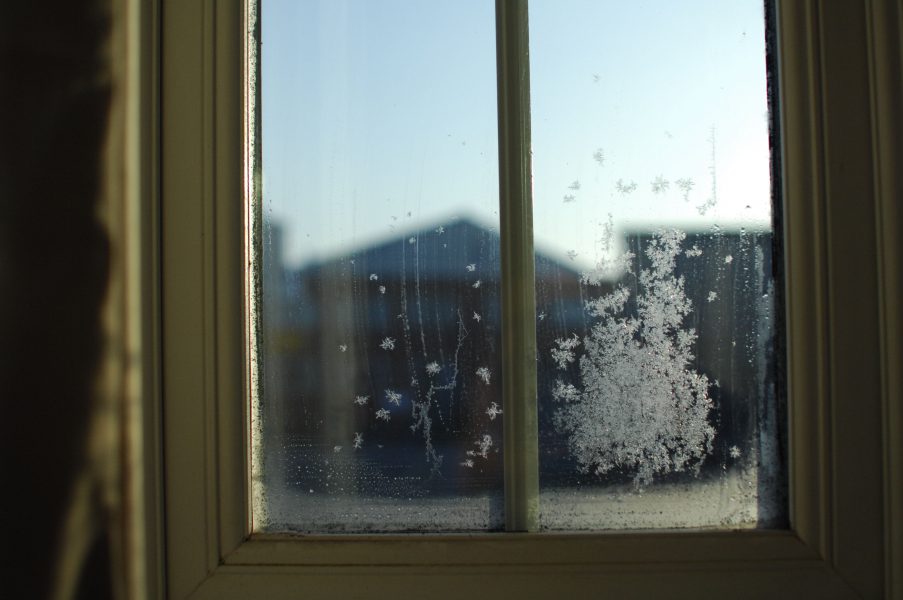
It seems like a few too many acronyms, but SAD (seasonal affective disorder) is a widely common side effect of shorter daylight hours. Many have attributed the state of general low energy levels and depressive symptoms to the aura of winter; the days are short, the air is cold, and grey clouds often hug the sky during the long winter months, and while this indeed can cause a somewhat shift in our moods, it is not, as commonly believed, the reason for SAD.
Our body’s integrated 24 hour clock, otherwise known as our sleep-wake cycle – or more technically circadian rhythms – is controlled by direct exposure to light. And while the days do become shorter in winter time, particularly for those who inhabit the very edges of our hemisphere, there is always enough natural light available to maintain a well-balanced circadian rhythm – excluding the very extreme northern and southern tips where darkness prevails for months.
Britain in particular, experiences ‘dull’ winter days, with very scarce sunlight hours. Yet the light composition that guides our body through its daily tasks luckily isn’t so biased come rain or sun. Lux is in high intensity in natural daylight even in the most overcast of days, making it easy for northern hemisphere dwellers to reach their minimum daylight needs even in the darkest December days.
The undercurrent issue with SAD isn’t exactly the light available to us, but rather our own habits and approach toward absorbing and exposing ourselves to natural light throughout the day. Over 78% of the world’s population now inhabits urban landscapes, and with a majority of us occupying office or night shift jobs. And as our offices are becoming more and more like ‘second homes’: ridden with plants and cosy designer furniture, an abundance of coffee gratis and overtly overpriced hand soap, the pressing lack of light still continues to go unnoticed.
SAD is of course varied in different individuals, and there have been studies that suggest its severity levels are hereditary. Yet most GP’s and even the NHS’ official website all point to its strong connection with a deficiency of light exposure.
To beat the SAD away this winter, it’s all about understanding your very own circadian rhythm. In our modern society it has become somewhat acceptable to blindly dive into conventional medicinal treatments without a basic understanding of one’s symptoms, or naturally simple treatments.
The good news is that whether you have Sad or winter blues, it is possible to live a full and active life all year round. The LYS 1.0 device directs you through the light compositions available to you throughout the day. The friendly tips and nudges throughout the day can be likened to a virtual hand that leads the way to the most lit areas of your house, your workplace and outside. Information is power they say, and that’s exactly what we do.